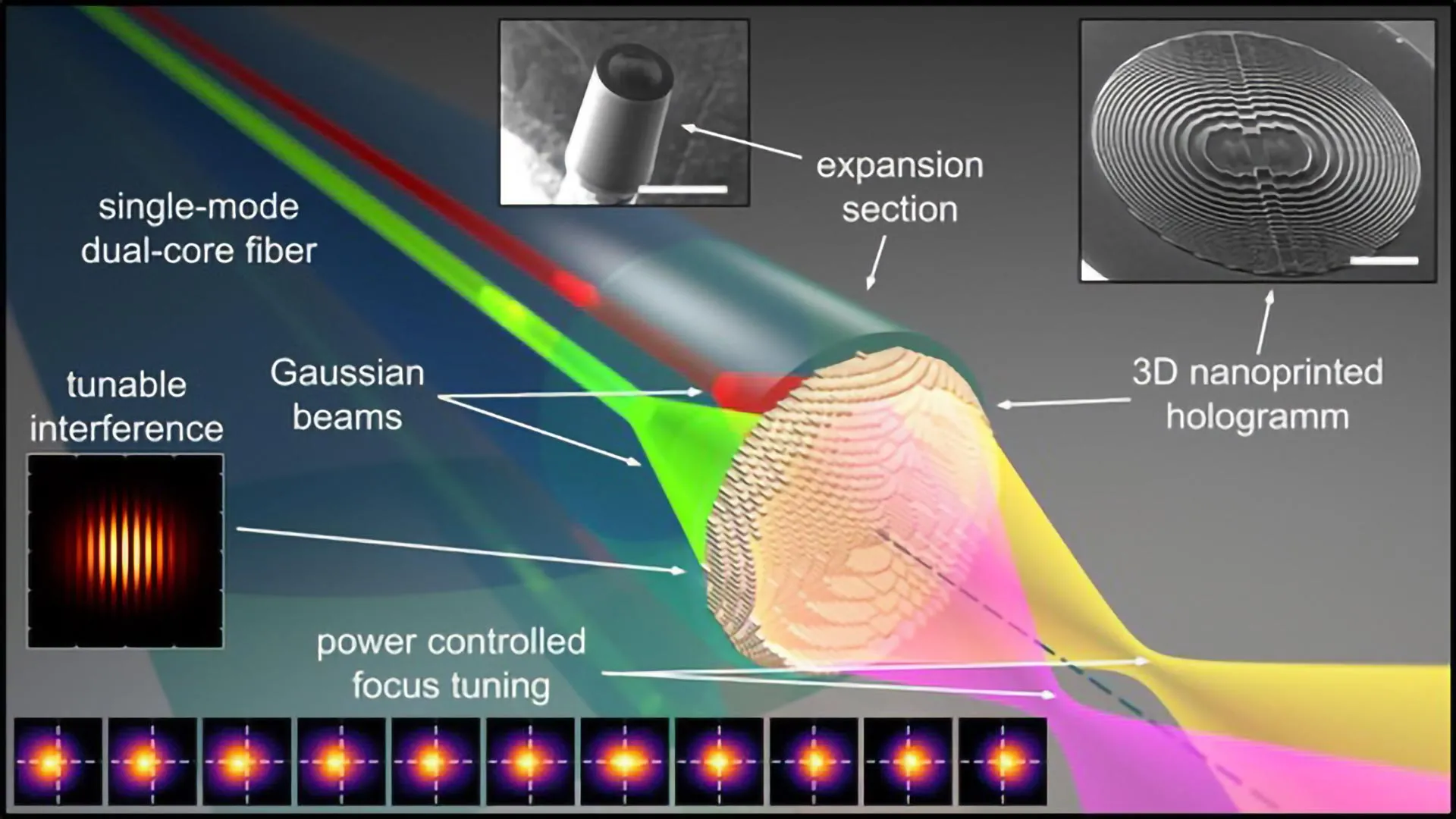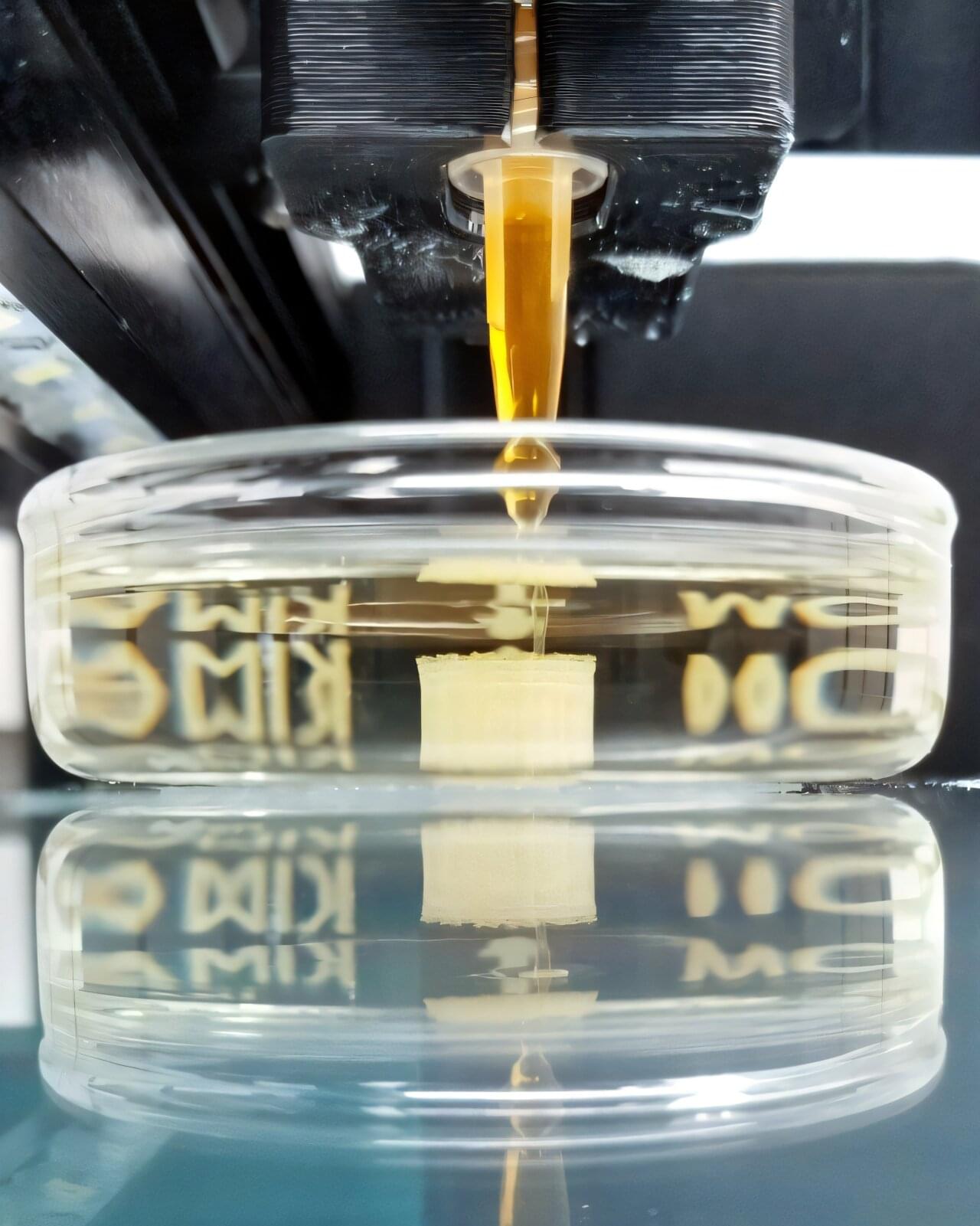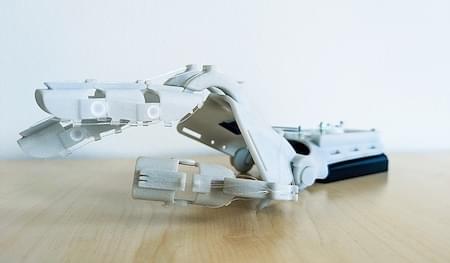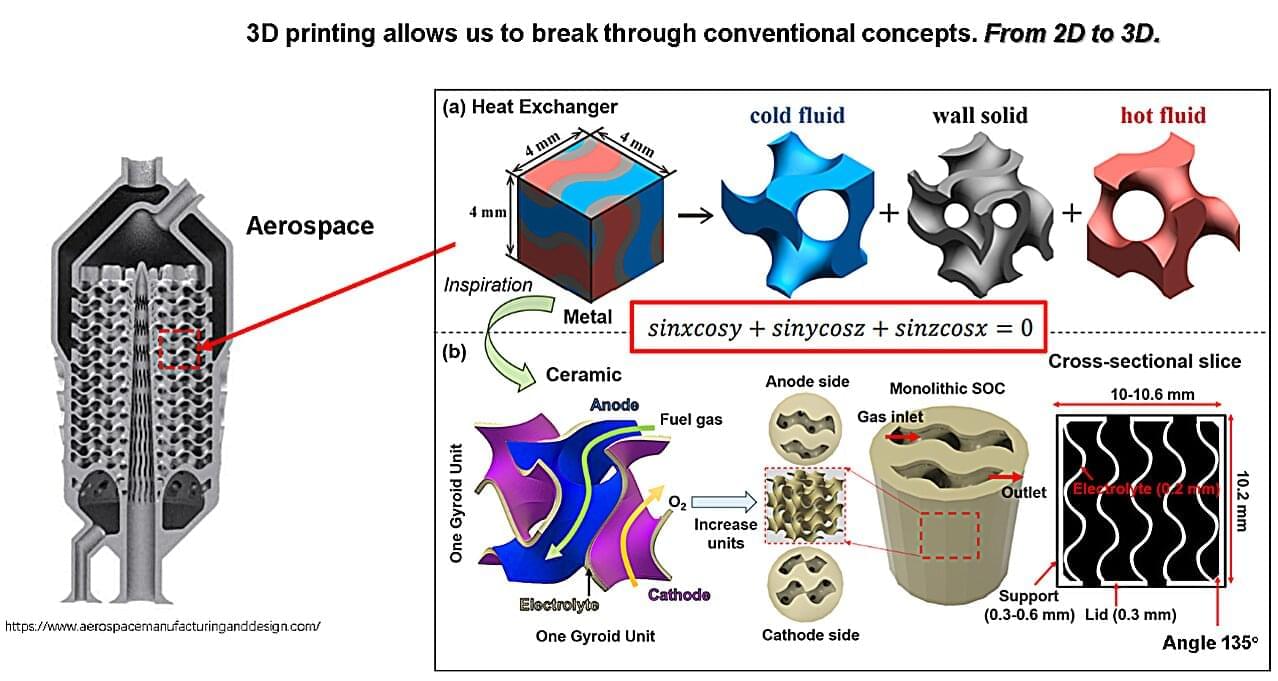Researchers at the University of Illinois Urbana-Champaign have developed a novel framework for understanding and controlling the flow behavior of granular hydrogels—a class of material made up of densely packed, microscopic gel particles with promising applications in medicine, 3D bioprinting, and tissue repair.
The new study, published in Advanced Materials, was led by chemical and biomolecular engineering professors Brendan A. Harley and Simon A. Rogers, whose research groups specialize in biomaterials engineering and rheology, respectively.
Granular hydrogels have a unique ability to mimic the mechanical properties of living tissue, which makes them ideal candidates for encapsulating and delivering cells directly into the body. By integrating material synthesis and characterization with rheological modeling, the researchers created a predictive model that captures the essential physics of how granular hydrogels deform—reducing a complex problem to a few controllable parameters.







